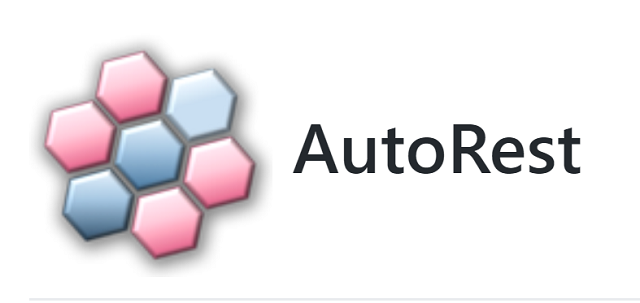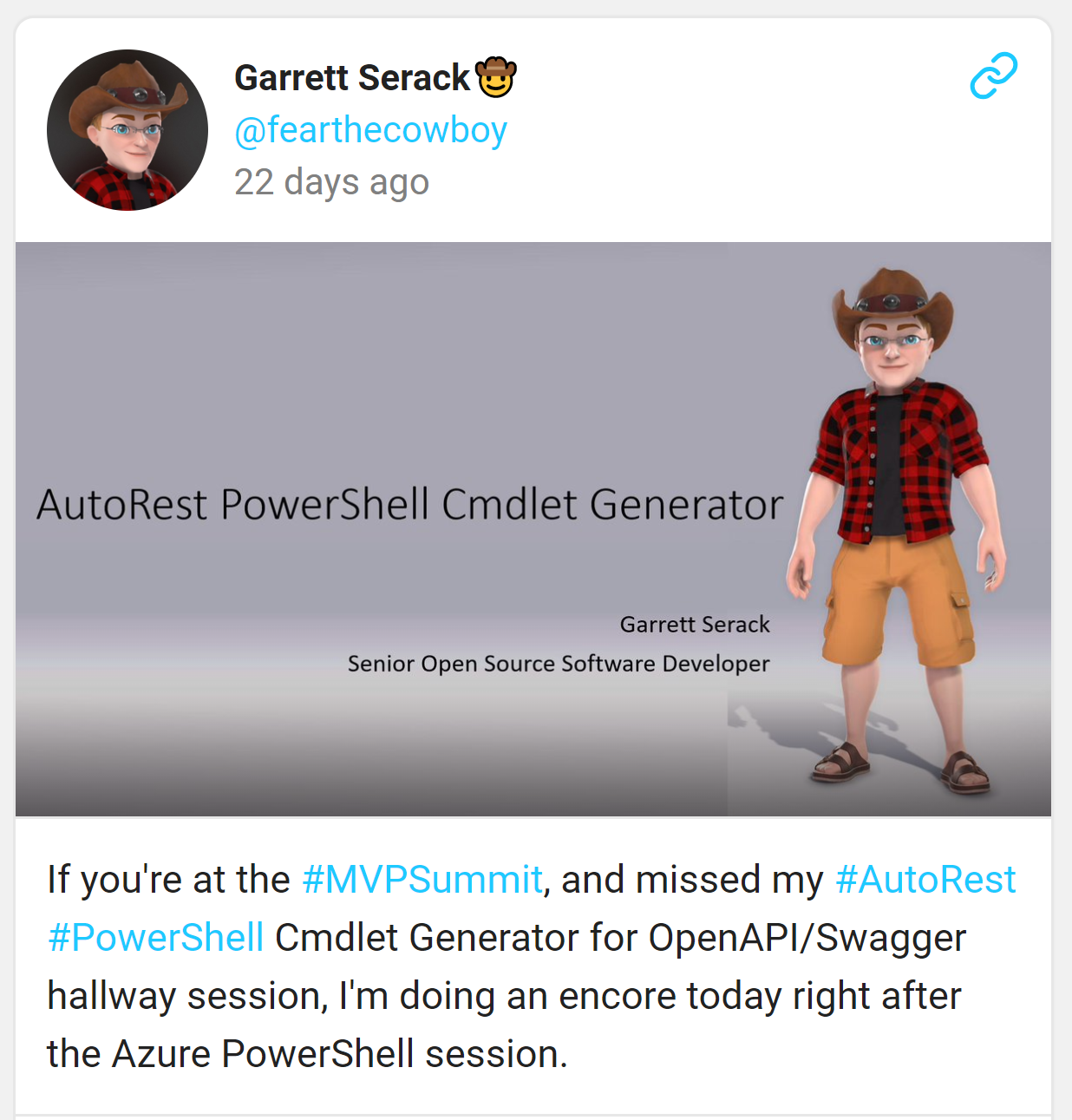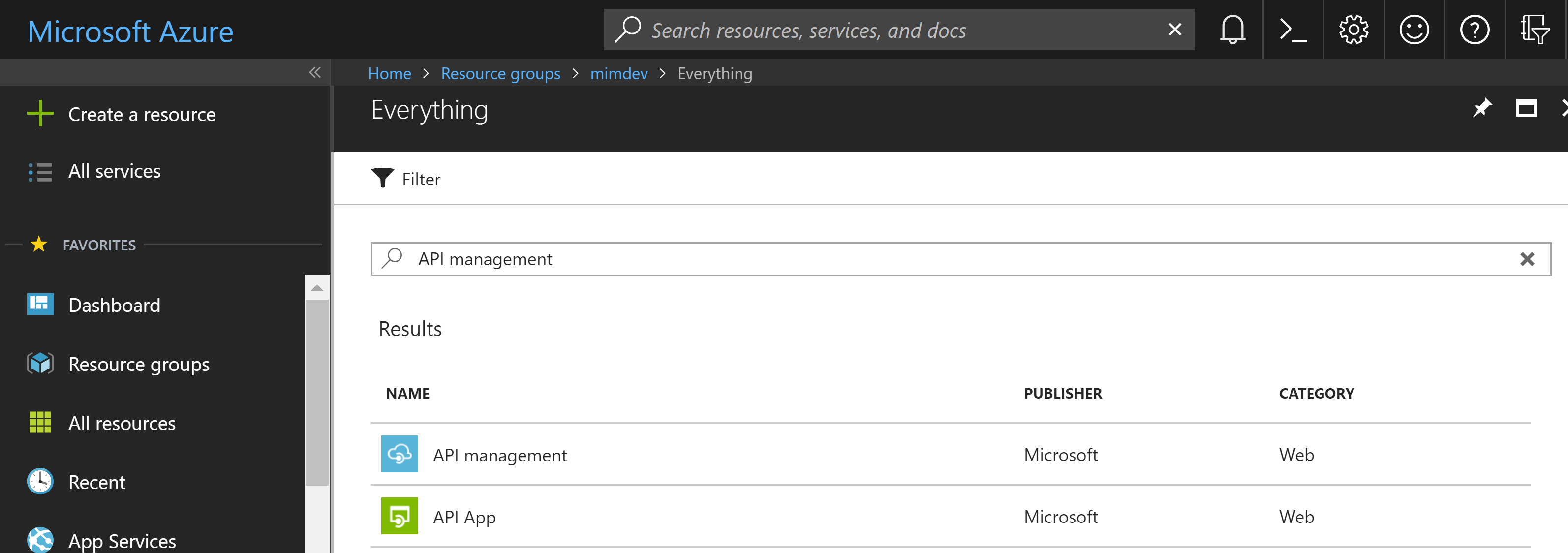Introducing GraphQL API – A Historical Preview
Application Programming Interface, commonly known as API, is a set of functions that allow downstream applications capability to access the features or data of a black box business application. In the current age of computer applications, APIs are abundantly available and are the cornerstone of business strategies; however, the beginning of APIs consisted of confusing approaches related to documentation and implementation of the code coupled with the high code complexity. Initially, the concepts of middleware, such as CORBA and RPC, capable of some interoperability gave rise to API frameworks, such as SOAP.… [Keep reading] “Introducing GraphQL API – A Historical Preview”




